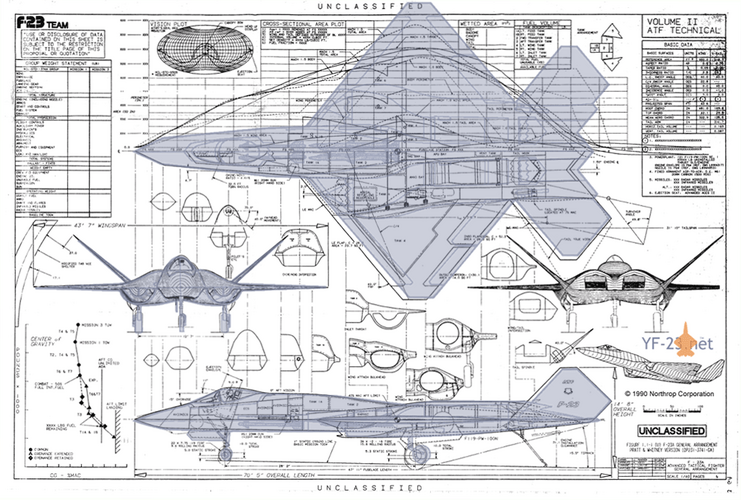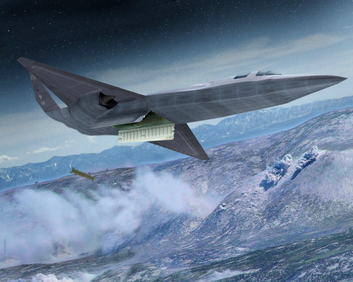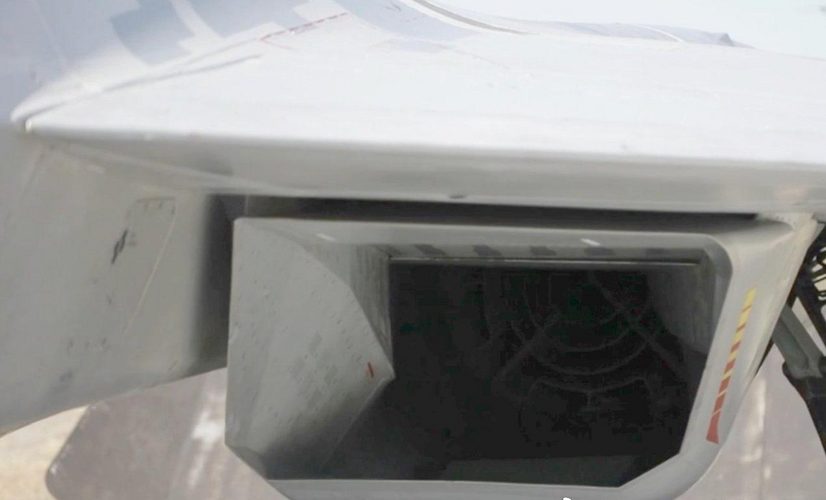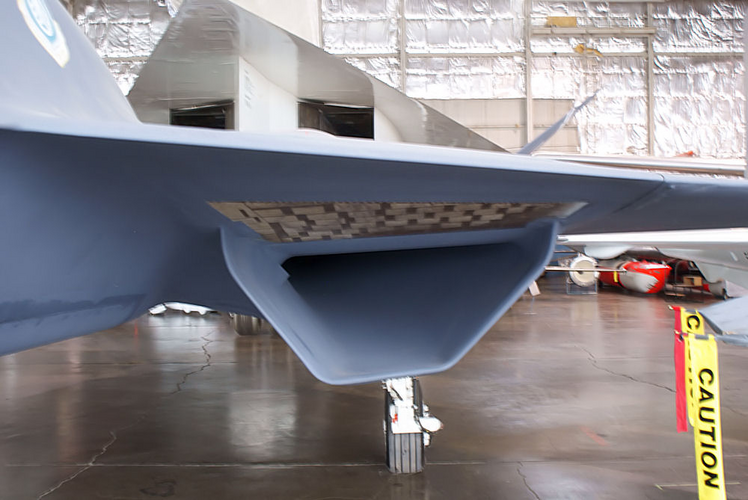Ainen
I really should change my personal text
- Joined
- 25 August 2011
- Messages
- 1,157
- Reaction score
- 1,514
Do you have a link to the book? Honestly can’t find it.
Wow is that cheap. Holy crap.How much did the Russian Air Force pay for the fighters?
Su-30SM - 12 981 982 $ (?)
Su-35S - 25 012 462 $ (?)
Su-57 - 34 400 000 $ (2019)
No. Most US/NATO planes have had UV-based MAWS for quite some time owing to that technology being developed before DAS, etc.I wonder why US systems aimed at launch detection are UV based, too. Outdated misunderstandings?
The only reason to mention cost, here, would be if The Su-57's defensive systems were on par with, or better than, those in The F-35, which is simply not the case. The DIRCSMs are cool, yes, but ironically, they only serve to further hurt the overall rcs of The Felon - sorry.6 UV(101ks-u) cheaper than 6 das(DAS).
Two distributed systems of sensors(101ks, n036) in 4 bands is more expensive than just 1.
Again, only if the missiles are burning. That's the entire point of DAS - to continuously track threats from all around the aircraft at all times without anyone having to worry about it "being active" or the sensors being dependent on the motor of an incoming missile to still be, well, burning. It's an all-in-one kind of a setup.Of course, only if radars are active. Which is why there's maws to track launch events. And so on.
Thanks for a fresh breath from f-16.net.The only reason to mention cost, here, would be if The Su-57's defensive systems were on par with, or better than, those in The F-35, which is simply not the case.
Same subsystem in su-57 uses at least 3 different band channels, including IR one. Instead of just 1 on F-35.Again, only if the missiles are burning. That's the entire point of DAS - to continuously track threats from all around the aircraft at all times without anyone having to worry about it "being active" or the sensors being dependent on the motor of an incoming missile to still be, well, burning. It's an all-in-one kind of a setup.
Yes, & those systems do not have the same capabilities. Come on, man.Thanks for a fresh breath from f-16.net.
Where this comes from. Priest told you?
Not even mentioning the simple fact, that comparing (what's comparable) is in fact the point. "levels" don't fight, systems do.
Believe what you want *shrugs*.Same subsystem in su-57 uses at least 3 different band channels, including IR one. Instead of just 1 on F-35.
Uv one here is wide fov warning only, and for that - it is better than IR.
Oh.Going by public literature the Felon intake is barely offsetted laterally and vertically so I honestly doubt it. To fully mask the frontal compressor without changing the ducting path you'd need something like a bump that digs into the current duct line, but a blocker already does that job even if partially.


Feel free to show us whatever offsets is there in the Felon's intake and not bring up an irrelevant point of discussion.Oh.
You mean like this?
View attachment 760763
Or this?
View attachment 760766
We're going around in circles, here.
They do not have *same* capabilities. Different systems, built in different countries, in different conditions, to different requirements have different capabilities This is why we're here.Yes, & those systems do not have the same capabilities. Come on, man.
I believe that in a rather militant, industrially-developed country of 150 millions, known for rather good education, someone in fact does.Relatedly, is there anyone in Russia who actually understands the realities of modern air combat or even has the most rudimentary grasp of air power as an overall concept?
If you're talking about the front of the intake, this -Feel free to show us whatever offsets is there in the Felon's intake and not bring up an irrelevant point of discussion.


Deino, is it being shown to Iran or it just stoped there to re-fuel?
IIRC it stayed there for 2-3days, so kinda both.Deino, is it being shown to Iran or it just stoped there to re-fuel?
So will it lead to a direct purchase considering that Iran already has the Su-35?
Because they have a few and don’t want the west to get a good look at them. The f-35 is an airplane sold to a load of countries. They were this timid with the su-35.
O RLY?There is 99.99% no difference between the prototype and production model from an aircraft design point of view.
O RLY?
I have an impression that you have escaped from kindergarten.
Production has RAM applied to it, all the systems installed, and better-built quality. So there are differences. About marketing yeah I agree that their marketing dropped the ball, they could have made a high-quality mock-up instead. They could have checked their marketing materials with proper translations. I don’t understand why they don’t use means to mask the real radar signature.
Given the current order of 76 airframes, it's pretty much fixed. T-50-11 is the closest to current production model.Is the Su-57 truly the production model? The Soviet Union developed the Su-27 (Flanker-A) and produced it in limited qualities (like the Su-57) before adopting the Su-27S (Flanker-B). The Flanker-A was also a development of the T-10 prototypes. Russia developed the Su-35 which was a development of the T-10M prototypes before adopting the Su-35S.
Isn’t that my point? Su-57M might be a total redesign. Anyhow we should find out soon as Russia stated the Su-57M (alongside a prototype for Su-75) will be produced this year.Given the current order of 76 airframes, it's pretty much fixed. T-50-11 is the closest to current production model.
Also there is no real "Flanker-A" as what was being serially produced at that time was totally re-designed T-10-17 which the "real" Su-27 we see today. Earlier T-10 does not enter serial. Also there is no real connection between current Su-35S with T-10M tbh as T-10M have canard while Su-35S doesnt.
Isn’t that my point? Su-57M might be a total redesign. Anyhow we should find out soon as Russia stated the Su-57M (alongside a prototype for Su-75) will be produced this year.
That is not a mockup? Even better no? It’s what Russia has been showing around as the Su-57E. They first unveiled it at MAKS 2019.It is not a mockup.
It is not a mockup.
